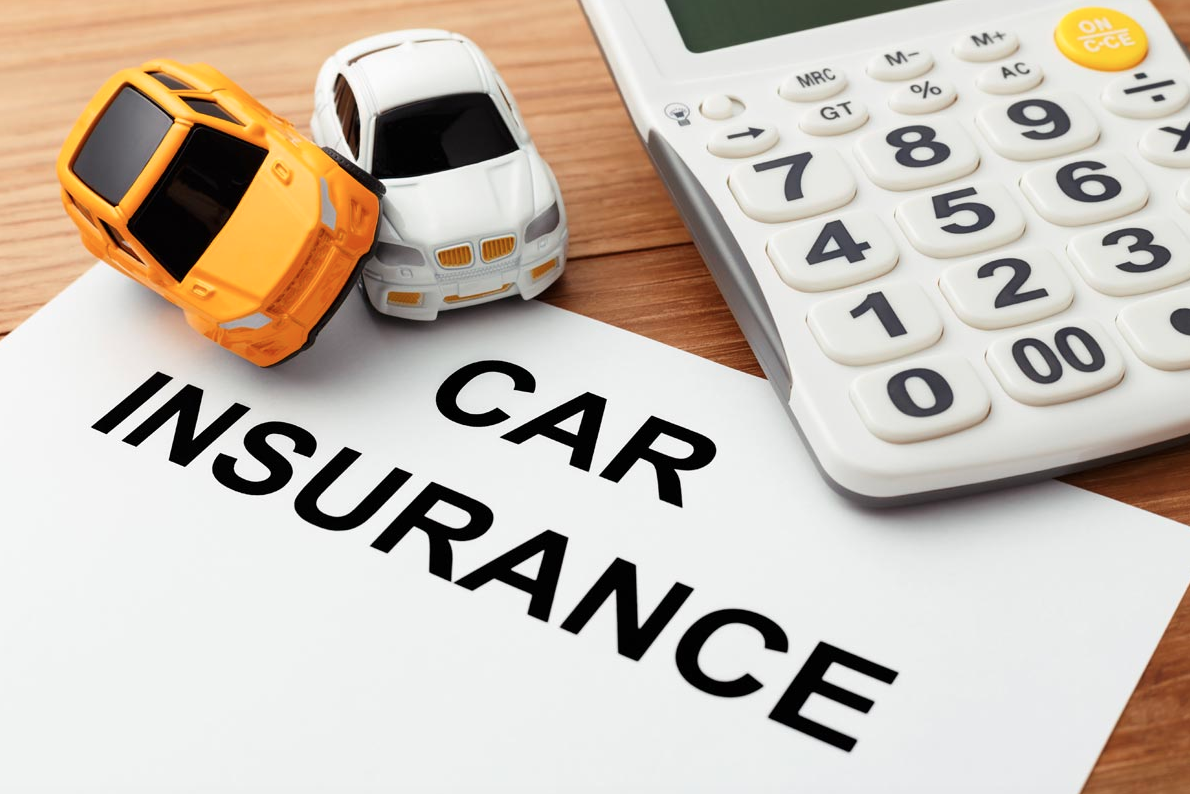Obtaining Insurance Quotes Without Vehicle Information

When looking for insurance quotes, especially for types like car insurance, you might assume that having detailed information about your vehicle is essential. However, there are situations where you might need to get quotes without having complete car information. This guide will help you understand how to obtain insurance quotes under these circumstances and what factors insurers consider in the absence of specific vehicle details.
1. Understanding Insurance Quotes
Insurance quotes are estimates provided by insurance companies based on information about the insured item or individual. For car insurance, quotes typically require details about the vehicle, such as its make, model, year, and VIN (Vehicle Identification Number). However, if you don’t have this information, you can still get preliminary quotes with some basic information.
2. Why You Might Need Quotes Without Car Information
a. Early Research
If you’re in the process of buying a car and want to estimate insurance costs beforehand, you might seek quotes without having the exact car details yet.
b. Comparing Insurance Providers
You may want to compare different insurance providers and their general pricing before finalizing your vehicle purchase.
c. Initial Budget Planning
Obtaining quotes can help you budget for insurance costs as part of your overall vehicle expenses.
3. Providing Basic Information for Preliminary Quotes
Even without specific car details, you can still receive preliminary quotes by providing the following information:
a. Personal Details
- Driver’s Age: Age impacts insurance rates, with younger drivers often facing higher premiums.
- Location: Your address or ZIP code helps insurers assess local risk factors, such as crime rates and accident statistics.
- Driving History: Information about your driving record, including past claims and traffic violations, affects your rates.
b. Coverage Needs
- Type of Coverage: Specify the type of coverage you are interested in, such as liability, comprehensive, or collision.
- Coverage Limits: Provide your desired coverage limits and deductibles, which will influence the cost of your insurance.
c. Vehicle Usage
- Estimated Annual Mileage: How much you plan to drive annually affects your premium.
- Primary Use: Indicate whether the vehicle will be used for personal or business purposes.
4. How Insurers Estimate Quotes Without Car Details
Insurance providers use general assumptions and data to estimate quotes when specific car details are not available. They consider:
a. Vehicle Type and Class
Insurers may use general vehicle categories, such as sedan, SUV, or truck, to estimate rates based on average risk profiles for these types.
b. Market Trends
Insurance companies rely on current market trends and data to provide ballpark figures for insurance premiums.
c. Statistical Models
Insurers use statistical models to estimate risks and costs based on your location, driving history, and other provided details.
5. Steps to Obtain Preliminary Quotes
a. Online Quote Tools
Many insurance companies offer online quote tools where you can input basic information and receive an estimate. These tools are useful for preliminary quotes and comparing different insurers.
b. Insurance Brokers
Contacting an insurance broker can help you get quotes from multiple insurers. Brokers can use your basic details to provide estimates and assist you in finding the best coverage options.
c. Insurance Agents
Speaking directly with insurance agents can also yield preliminary quotes. Agents can guide you through the process and help you understand how the lack of specific vehicle information might affect your quote.
6. Finalizing Quotes with Vehicle Information
Once you have purchased your vehicle or have more detailed information, follow these steps to finalize your insurance:
a. Provide Specific Car Details
Submit the make, model, year, and VIN of your vehicle to get an accurate quote. This information helps insurers assess the specific risks associated with your car.
b. Review and Adjust Coverage
Based on the finalized details, review your coverage needs and make adjustments as necessary. Ensure that your policy aligns with your requirements and budget.
c. Confirm Final Premiums
Obtain a final quote reflecting the specific details of your vehicle and confirm your premium before purchasing the policy.
Conclusion
Obtaining insurance quotes without detailed car information is possible and can be useful for preliminary research and budgeting. By providing basic personal details and coverage preferences, you can receive estimated quotes and compare different insurers. Once you have the necessary vehicle information, you can finalize your insurance policy with accurate details to ensure proper coverage and pricing.
Whether you’re in the early stages of buying a car or simply exploring insurance options, understanding how to navigate the quoting process without specific car information helps you make informed decisions and prepare for the costs associated with your future vehicle.
